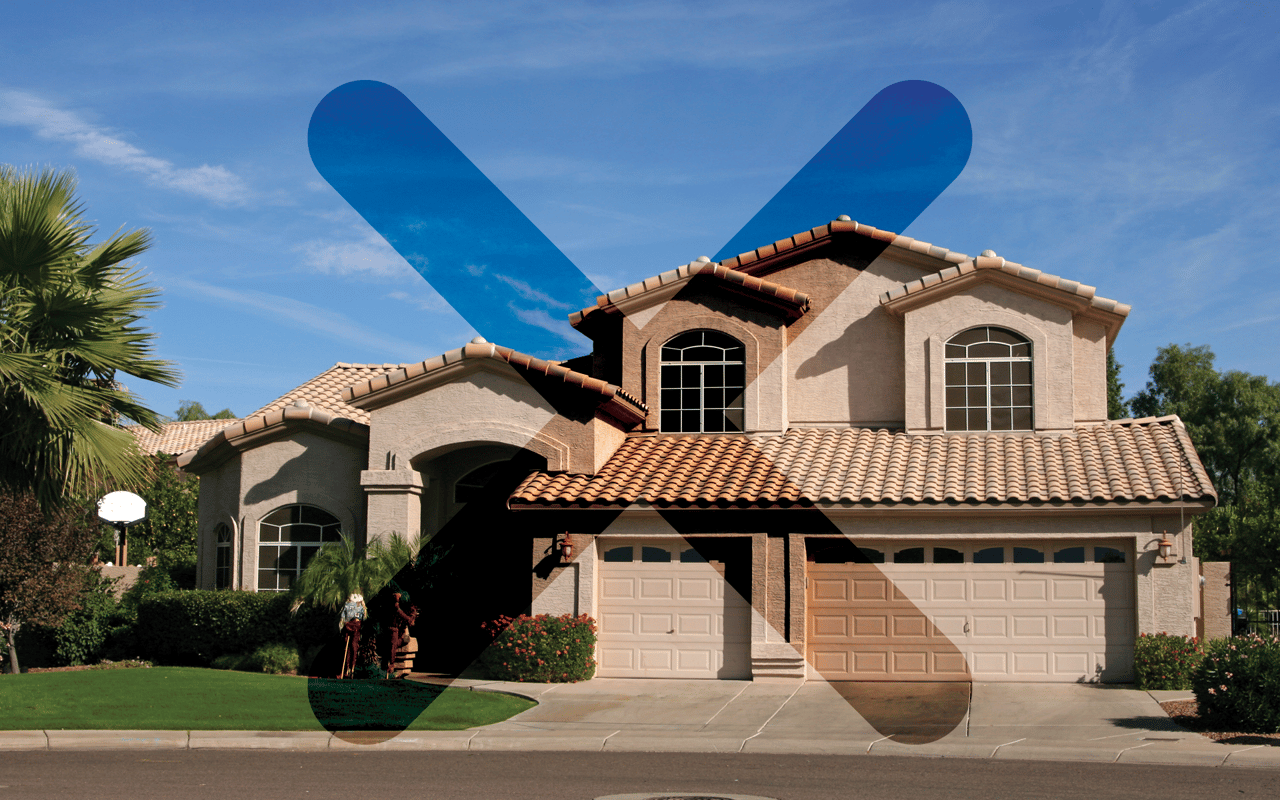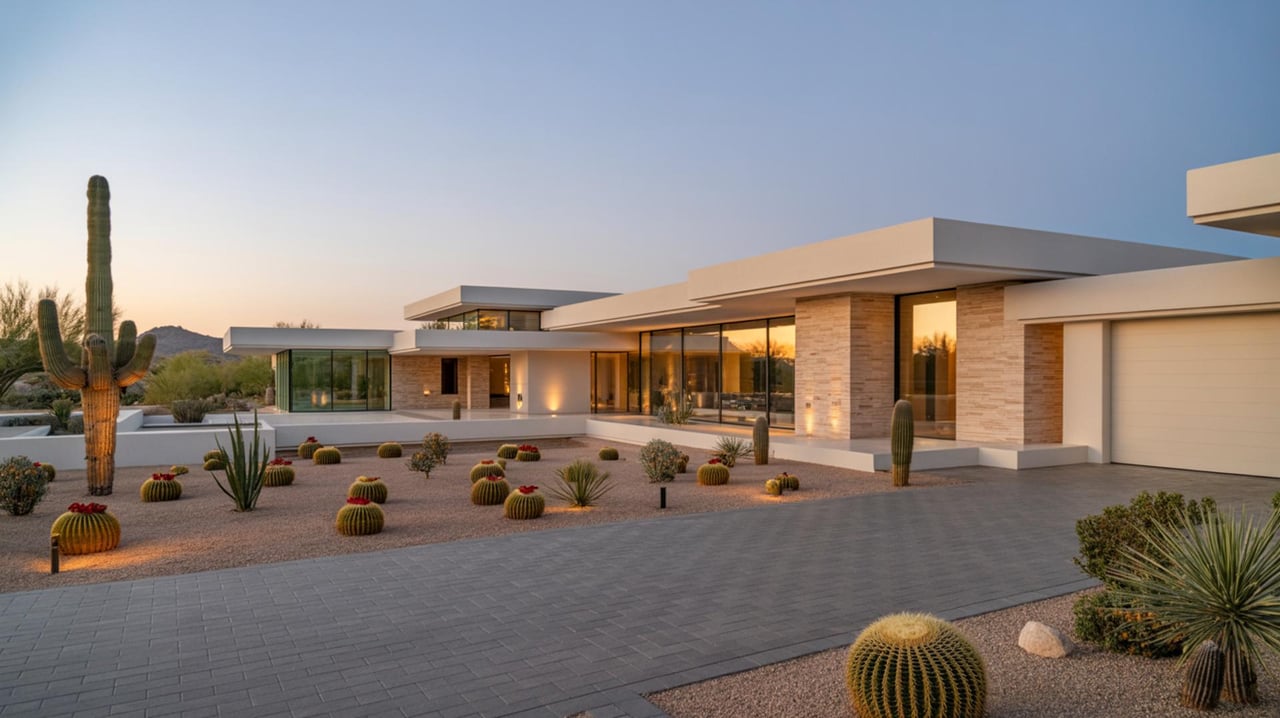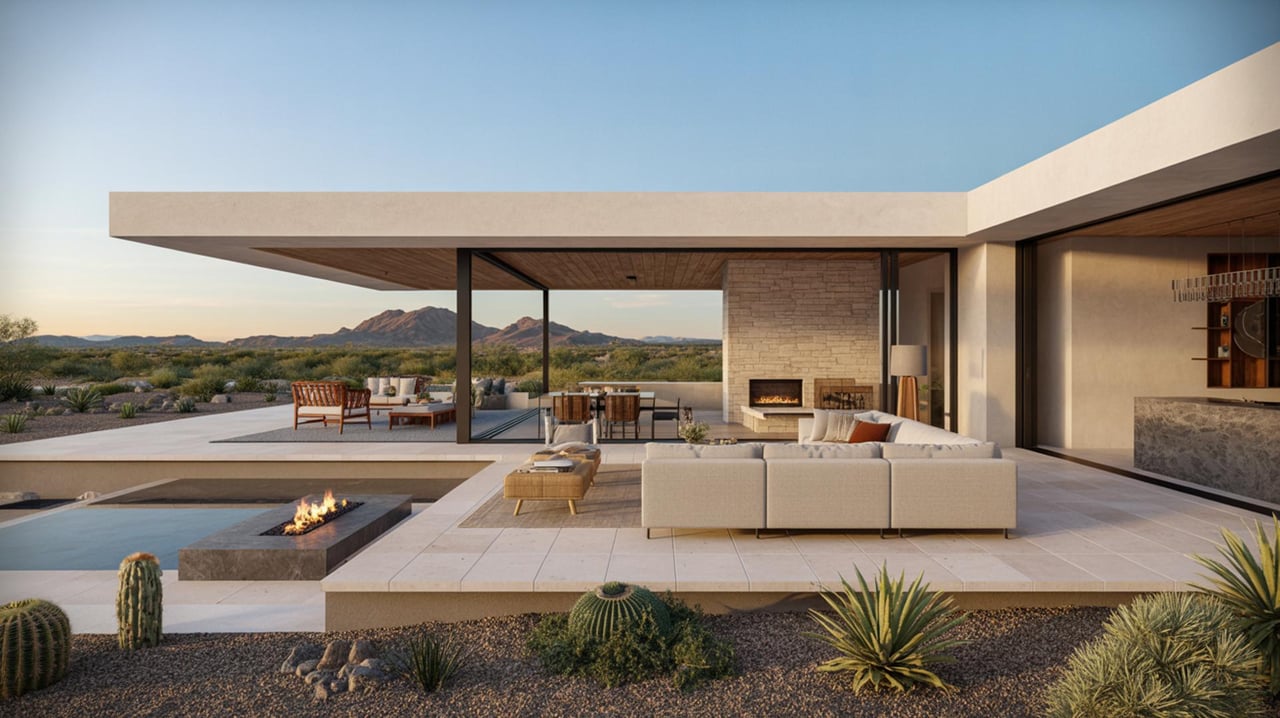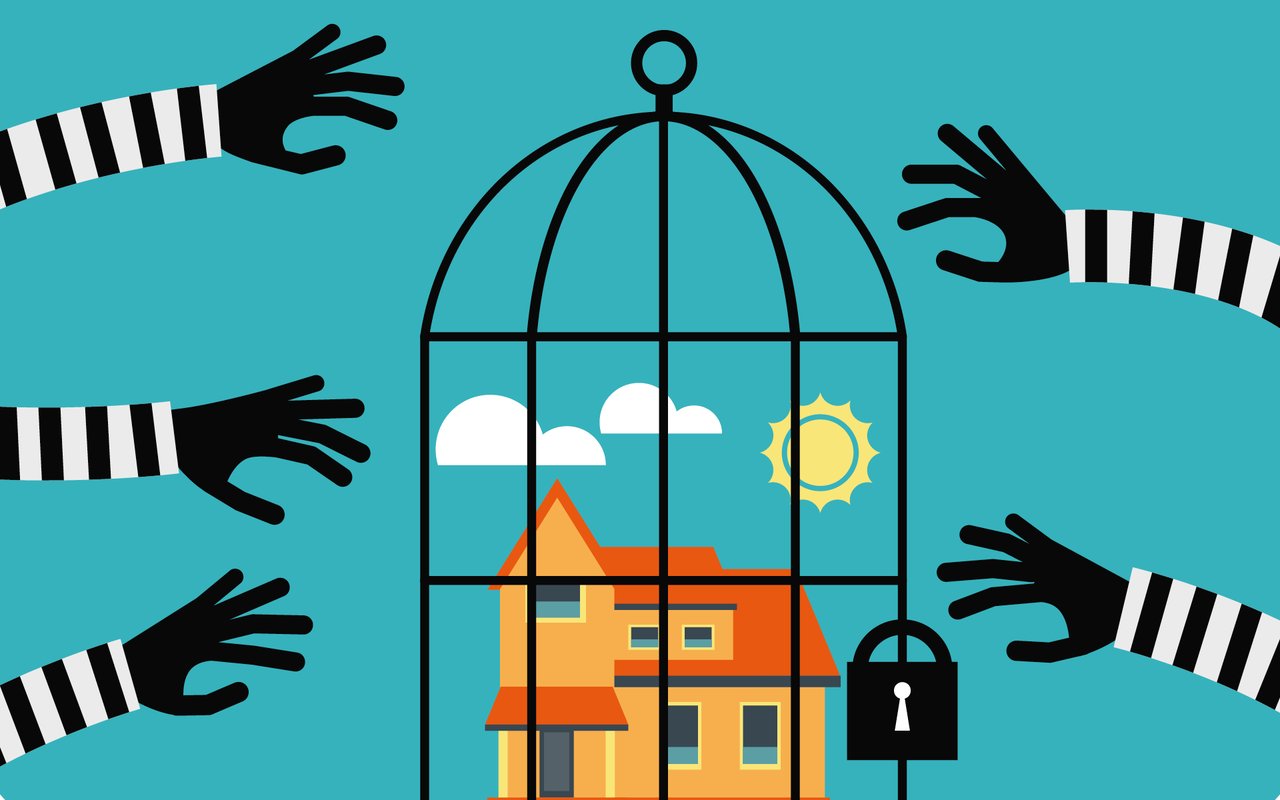August 14, 2025
In January 2026, a homeowner living within a mile of any one of Arizona's 18 largest cities could wake up to the sound of hammers and bulldozers next door. What once was a single family house on a quiet street could, by spring of next year, be a shiny four-unit rental complex. And the law will be entirely on the builder's side.
That's because Arizona HB 2721, effective in 2026, requires cities of 75,000 or more residents to allow "middle housing" (duplexes, triplexes, fourplexes, townhouses) on any lot zoned for single family use within one mile of the city's central business district. In these areas, the era of exclusive single family zoning is over.
The National Wave
Arizona isn't alone. Oregon, California, Washington, Maine, Minnesota, Vermont, and others have already chipped away at single family zoning. The movement's momentum is driven by two realities:
- Housing supply is scarce. Prices and rents have skyrocketed, and middle-class families are being priced out of urban cores.
- Density is destiny. More units on the same land means more housing, often near jobs and transit.
Reformers see single family zoning as an outdated barrier to affordability, locking neighborhoods into low-density exclusivity and freezing out all but the affluent.
The Case For
Proponents argue HB 2721 is a rational correction, empowering property owners close to larger cities to turn their single family lot into an income-producing property. This would likely result in skyrocketing land values. It could also mean a rentable triplex replaces a single family home; diversifying neighborhoods, increasing rental availability, and giving more families access to urban amenities.
Cities might get more walkable, more vibrant, and become less car-dependent.
In short, the law will result in some winners: property owners who can cash out big or build and rent. Renters will also have more housing options, with those cities getting more residents without annexing new land.
The Case Against
But there's another side. For single family homeowners living inside that one-mile circle, or just outside it, the change may feel less like progress and more like an ambush.
The quiet block where neighbors know each other could see an influx of renters, increased traffic, and reduced street parking. Higher density can mean more noise, more trash pickups, and more pressure on utilities and schools.
And then there's property value. If buyers seeking a serene, low-density neighborhood look elsewhere, nearby single family homes may appreciate more slowly, or even lose value, while lots primed for redevelopment skyrocket. That creates a bifurcated market where value depends less on the house and more on what can be built after it's torn down.
The Speculator Question
The law's big unknown: will it empower existing homeowners, or will it trigger a wave of acquisitions by well-capitalized developers?
Homeowners in affected areas might be thrilled about converting their lot into a fourplex for retirement income. But it's just as possible that a cash-flush investor swoops in, outbidding local buyers and replacing a single house with four high-rent units.
In places like California, similar laws have, in some neighborhoods, led to investor consolidation; driving up land prices and concentrating ownership. If Arizona follows that pattern, HB 2721 could unintentionally accelerate the financialization of housing.
The Bigger Picture
This is the tension at the heart of America's housing debate:
- We need more homes. Millions more.
- We need them where people work. That means changing zoning.
- We also value stability and character. People buy homes expecting the rules of the neighborhood to remain mostly intact.
HB 2721 and similar laws in other states are a stress test for these competing truths. Will these new housing laws be remembered as visionary solutions to a generational housing crisis; or as the moment single family neighborhoods began to erode?
We've been here before. In the early 20th century, single family zoning was itself a radical shift, sold as a way to protect home values and public health. A century later, we are dismantling that idea in the name of affordability and inclusion.
The pendulum has swung. The question is how far, and who benefits most?




